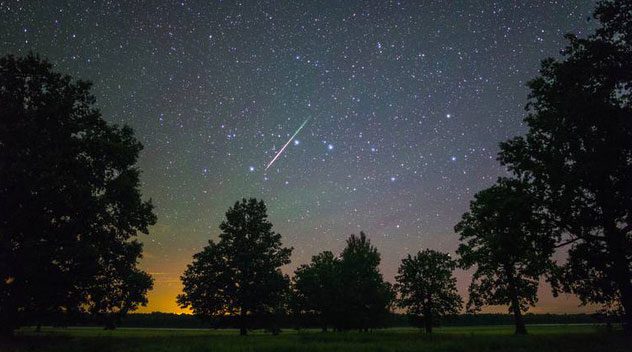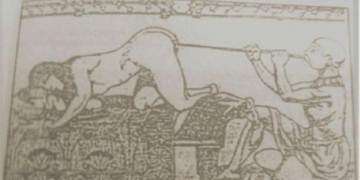There have been numerous reports of meteorites falling in New Zealand recently, including a large meteorite explosion equivalent to 1,800 tons of TNT, prompting many to question: Is the country under attack from meteorites?
According to The Conversation, after a large meteorite exploded over the sea near the capital Wellington on July 7, creating a sound explosion heard in the southern part of the South Island, a smaller fireball appeared in the sky over the Canterbury region two weeks later.

Many meteorites have fallen in New Zealand recently – (Photo: 123RF)
Currently, the Fireballs Aotearoa organization (a collaboration between astronomers at the University of Canterbury and Otago along with citizen scientists, aimed at recovering newly fallen meteorites) has received numerous reports about these meteorite events.
Residents have continuously reported and filmed green fireballs in New Zealand. Meteorites typically range in diameter from a few centimeters to 1 meter as they penetrate the atmosphere.
According to scientists, some meteorites contain nickel and iron, and they collide with the atmosphere at speeds of up to 60 km/s. This rapidly releases a massive amount of heat, while the vaporized iron and nickel emit a greenish light.
When the meteorite fell in Canterbury on July 22, the erratic winds of the upper atmosphere twisted the light trail of the meteorite, resulting in a pale yellow light at the end. This is due to sodium atoms being continuously excited in a catalytic reaction involving ozone.
A question that many residents are concerned about is: Are meteorites bombarding New Zealand?
Scientists at the University of Canterbury explain: The appearance of large, explosive green meteorites falling is not uncommon in New Zealand. However, they do not pose a threat to New Zealand as they usually burn up, making it very rare to recover these meteorites. Therefore, these meteorites do “fall” to New Zealand, but they do not “destroy.”
Fireballs Aotearoa is also working to improve the recovery rate of fallen meteorites.
Information from eyewitnesses and high-resolution meteor tracking cameras helps scientists calculate the trajectory of the meteors.
This not only aids scientists in locating meteorite fragments but also indicates where they originated in the solar system. This is a fairly effective way to sample the solar system without needing to conduct a space mission.





















































